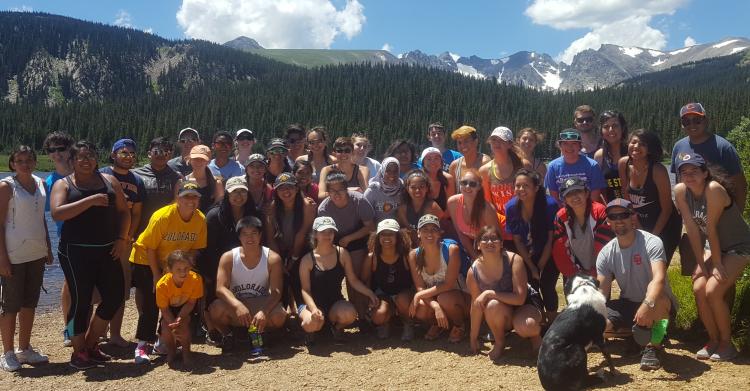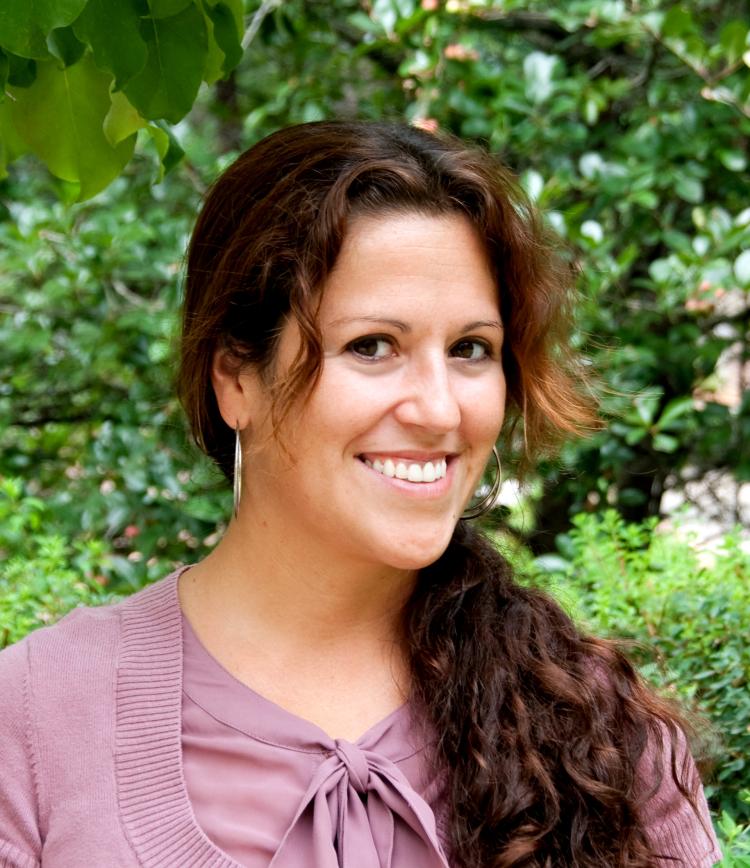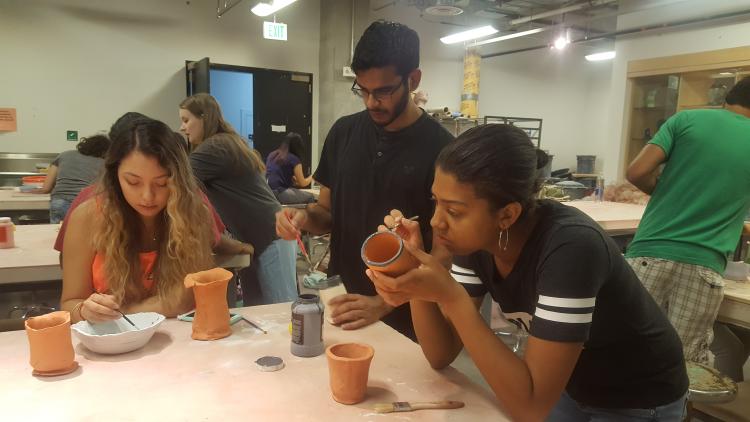Miramontes program supports underrepresented, first-generation undergrads
Peak motivation helps more students graduate
When it was launched in 1993, the College of Arts and Science’s first program aimed at retaining higher-risk students through graduation was narrowly focused on minority students majoring in the biological sciences.
“The college noticed that minority students were dropping out (of biology) at a dramatic rate, and the program was intended to focus on that,” says Celeste Montoya, associate professor of women and gender studies and director of the Miramontes Arts & Sciences Program (MASP).
“But the college recognized the potential, and it has expanded beyond that very narrow scope to cover more students from all fields of study in the college.”
More than two decades later, MASP has a mandate to support “motivated, traditionally underrepresented or first-generation students who want to be part of a diverse academic community in the College of Arts and Sciences.”
“We have a pretty diverse set of scholars from all racial and ethnic backgrounds, many of them first-generation college students,” Montoya says. “This is a very competitive program, and these are bright, high-achieving, talented students.”
According to CU Boulder, ethnicity and first-generation status are among the key risk factors in undergraduates’ leaving school before graduation. According to data compiled by CU Boulder, the six-year graduation rate for students in ethnically underrepresented groups is 61 percent compared to 70 percent for the undergraduate population as a whole.
First-generation students also lag in graduation rates, with just 61 percent graduating after six years.
Montoya says MASP—originally called the Minority Arts & Sciences Program and christened in 2008 after late Vice Chancellor for Diversity and Equity Ofelia Miramontes—has a graduation rate closer to 80 percent. She says the program is working to update its assessment numbers.
I’m still pretty close to the group of people I came in with. All these people are super supportive of one another, and we’re really here to help the new generation coming in. (MASP) provides resources that most students probably wouldn’t get otherwise.”
The program focuses on two main goals: providing students with a “sense of belonging” and a natural support community on campus and ensuring they are aware of opportunities to enhance their education outside the classroom, through internships with professors, study abroad, writing undergraduate theses and more.
MASP also offers required seminars on diverse topics for students in the first two years of the program including, recently, “Getting Your Brain to Work for You: The Science of How People Learn,” a course that combines neuroscience with educational theory.
Another course titled, “The 2016 Presidential Election,” taught students how to follow the election (i.e. comparing party platforms and debate performances, analyzing the implications of different voting rules, and critiquing polling methodology.)
MASP, funded by the college, the Office of Diversity, Equity, and Community Engagement and by private donations, is partially modeled on similar programs at other universities, including the groundbreaking Meyerhoff Scholars Program at the University of Maryland, Baltimore County, praised in a 2013 New York Times editorial.
Students work with ceramics in the pottery lab as part of the Program for Excellence in Academics and Community (PEAC) in MASP.
A critical tool in MASP’s efforts is the Program for Excellence in Academics and Community (PEAC), which brings incoming freshman to campus for four weeks each summer to take intensive courses and get a feel for campus life.
“This gives them a sense of what it’s like to juggle five or six classes,” Montoya says.
PEAC also introduces students to opportunities and resources on campus and offers workshops in study skills and what she calls “the hidden curriculum,” which includes teaching students about such things as how to use a syllabus, proper academic etiquette, and how to make their best impression on professors.

MASP students pose for a group picture at Brainard Lake, in the mountains west of Boulder.
“(PEAC) was a really amazing experience,” says senior integrative physiology major and pre-health-track senior Eric Azua of Brighton. “Those classes really gave me a good head start and are one of the reasons I started so well right off the bat.”
PEAC students also participate in community-building activities, to help them bond as a group outside the classroom, and continue to help their own peers, as well as incoming students. For example, Azua has given presentations about the pre-health program at CU Boulder on how to take final exams, and continues to help students with organic chemistry in MASP’s Porter Hall headquarters.
“I’m still pretty close to the group of people I came in with,” Azua says. “All these people are super supportive of one another, and we’re really here to help the new generation coming in. (MASP) provides resources that most students probably wouldn’t get otherwise.”
“We try to emphasize that they don’t have to do it all themselves,” Montoya says. “There are people in their community to assist them.”
MASP accepted 40 students from the 2016 freshman class and is increasing outreach in an effort to help raise CU Boulder’s percentage of first-generation students and underrepresented groups. In addition, the program is placing an increasing emphasis on post-college transitions.
“This is not just about getting them to persist at CU, but to be successful after graduation, whether in graduate school or professional careers,” Montoya says. “We want them to hit the ground running with their degree.”



